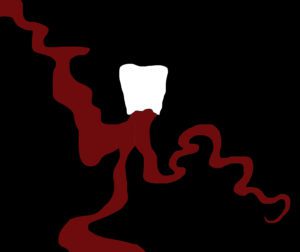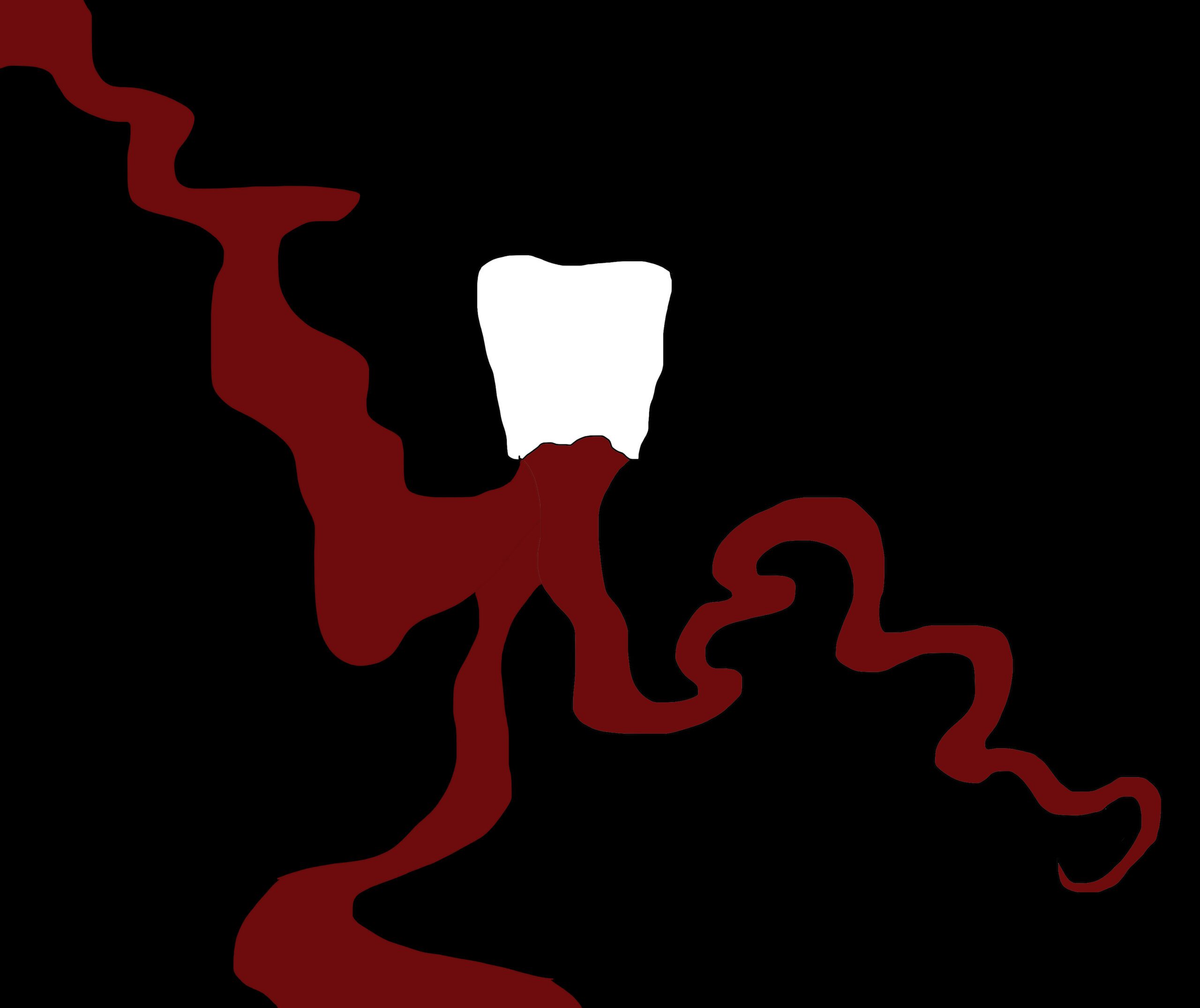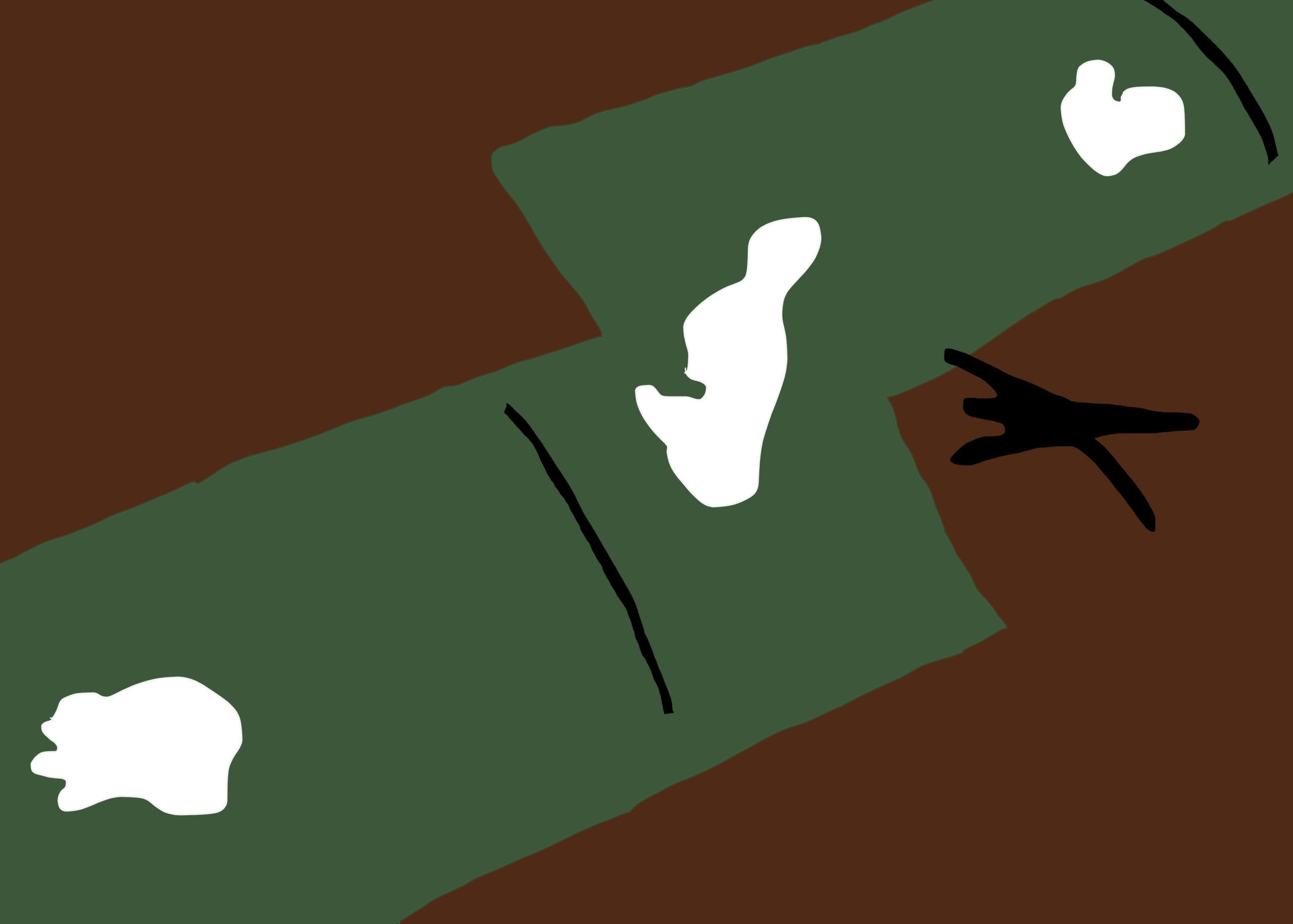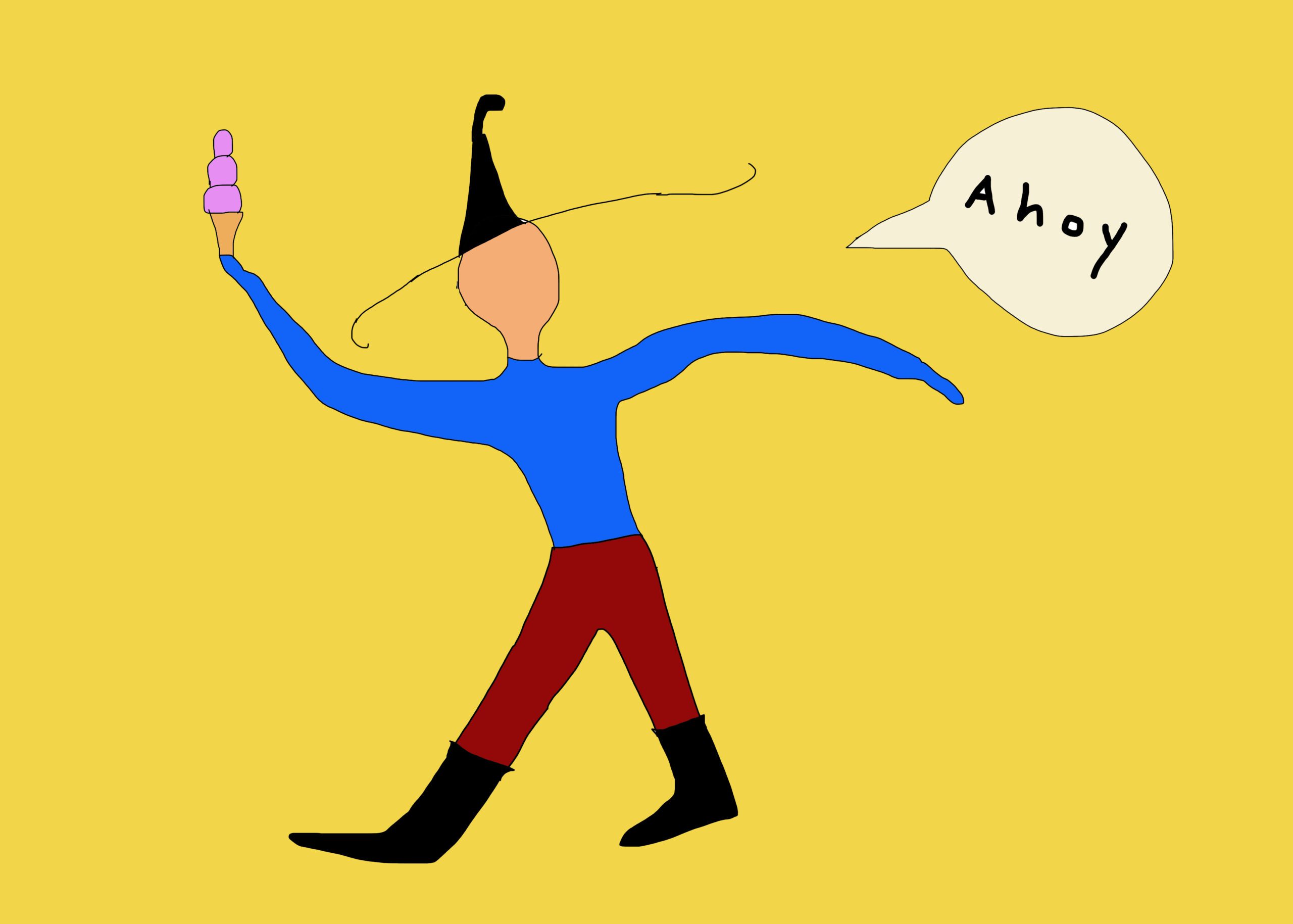
My endodontist says I have the strangest roots he’s ever seen. Roots should be like bullets, or fish. Mine wave in “s” shapes. One of them is especially erratic, and at the tip, there’s a very slender hook. A finger curled.
“Super weird,” he says. “Never seen anything like that.”
I laugh, embarrassed. For days after, I catch myself wondering why my teeth—bone and pulp and blood—chose to behave against normal procedure. I think about that and about things hooked inside me.
On Inauguration Day, I can’t feel my mouth. I walk out into Minnesota winter, and while the rest of my body shrinks against the wind, my jaw feels nothing—feels such an absence of cold that one might mistake it for warmth. When I put my hand over my mouth, I can’t feel it. I could swear part of my face is missing, a whole hunk of jaw and gums gone, could swear there’s absence where once was a fixture of violence that more often masquerades as a door.
As long as I don’t try to talk to anyone, I can’t pretend to mind. There’s a pleasantness to not feeling. I drive home to the radio playing, “Ooh child, things are gonna get easier.”
I check Facebook, where it seems everyone is listing every mundane detail about their morning. They’re posting whole paragraphs about waking up and getting ready for work, because today, the ordinary is profound.
I do not post that I cannot feel my mouth. It feels like too obvious a metaphor.
Things get hooked in you.
When I was seventeen, I went to meet an older man for ice-cream by the Erie Canal, my study partner from Spanish class at community college. We reclined in sun chairs by the water and he asked me if I’d ever orgasmed before and I said no and he said I’d been with all the wrong men, then. Boys. And he could show me. He said he could do things they couldn’t. I turned him down. I was too polite.
I grew up alongside the Erie Canal, so this is what I usually think of when I think of canals. Manmade basins. Gray-green water. In the summer, great islands of cotton float on the Erie’s surface. Clutter accumulates on its floor. Once, a teenager dived off a gate, plunged down deep to the bottom, and drowned because somehow she got caught in the skeleton of an ox. At least I heard this once, I don’t know from whom, and I believe it. Things get hooked in you.
My mother tried to tell me—”A root canal?! Doesn’t that seem a little drastic? I would question whether that’s really necessary.” My mother tends to do this, to act like she knows best—better than climate change scientists, better than our pediatrician when we were growing up (we were told to lie and tell the doctor we drank three cups of milk every day), better than professors, than historians.
So when she told me to question the necessity of a root canal, I was torn between I think not and maybe she has a point. Cautiously, I asked her, “But what’s wrong with having a root canal?”
“They’re killing something,” she said.
Even more uncertainty followed, because the question felt like not the right one—why is it bad to kill it?
This is the question I ask my endodontist, minutes after shaking his hand, grimacing because mine is a little sweaty. I ask—”So, is this the only option? Are there any… I don’t know how to phrase this… downsides to it? The nerves and the blood are there for a reason, presumably, so what happens when you take them out?”
“Nothing,” he says. “All that exists to control the growth of your teeth when you’re moving through adolescence. It helps your teeth develop. Now that’s all over, it doesn’t matter.”
I consider this—that lack of growth means death is a reasonable next step. The thing is, I’d have never guessed anything was wrong with tooth thirteen. I’ve felt no pain. My endodontist, in fact, calls it a “healthy tooth.”
“What we’re doing is called an intentional root canal,” he says. Meaning, sometimes we do these things on purpose.
My endodontist murmurs to his assistant, “Number twenty. Number thirty-five. Twenty.” Long, forceful structures enter this new hole in me and exert force from the inside. My whole head moves. It’s not an unfamiliar sensation. Being entered. Being jerked around.
He carves a hollow where once there was blood, pulp, and the potential for pain. He empties the hook.
He says, “You’re doing great, Lissa.” “Great job Lissa.” “Almost there, Lissa, you’re doing great.” And even, “Exceptional job, Lissa,” and I wonder if this absurdity came out of some endodontist textbook. I’m not doing anything, just laying here trying not to choke. He drills. Mist spatters my face.
After my root canal, after I walk out with the feeling of my jaw missing on Inauguration Day, I go home. I tell my boyfriend what my endodontist said about my roots. They’re now my most interesting feature. He has a hard time imagining it, so I draw pictures. By the end of our conversation, he’s started doodling over my drawings and now there’s a pirate holding an ice-cream cone with a thought bubble that says “ahoy”—all of this made of my teeth.
I tell my mother I let him do it. I mean my endodontist. I mean the root canal. Everything went smoothly, and they’re going to put a cap on it soon, because they want to close the gaps between my teeth. “Distance is how things rot,” I tell her, though it feels like too obvious a metaphor. Nerveless, filed down, and packaged by a cap—its hook hidden, almost harmless in gum—it should be fine. Sometimes we do these things on purpose.
***
Rumpus original art by Max Winter.







